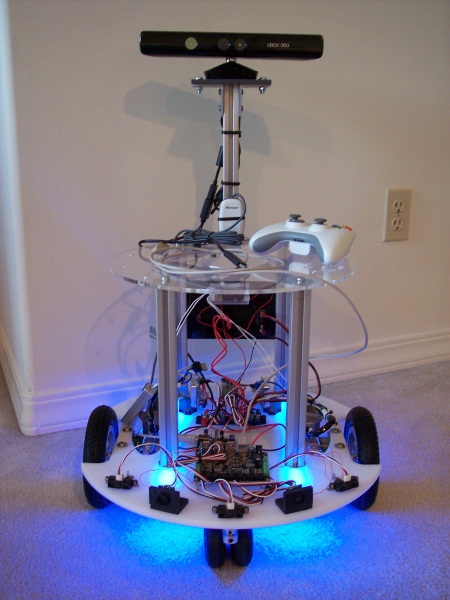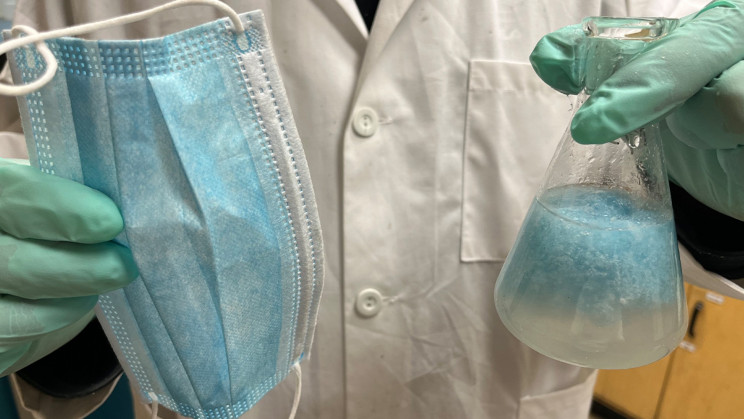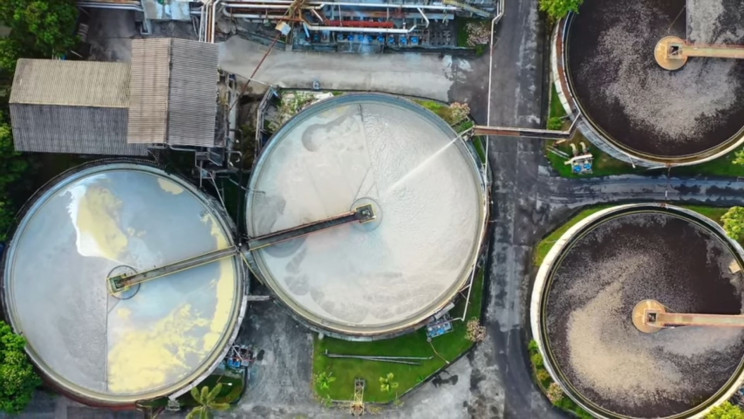Microsoft has been a big contributor to technology for business for decades. Having the central operating system of the computer era created a great company that still serves software to a large percentage – as much as 90% – of businesses worldwide. The reason for this success is that Microsoft Office is still number one for productivity, according to Forrester. Microsoft has also created the most wealthy person in history who is now using his $85 billion fortune to help the most disadvantaged and poor around the world.
To stay relevant to the future, Microsoft is positioning itself for the age of robotics. As robots are part hardware and part software, Microsoft hopes its software and software tools will have a central role in how robots work and behave. The Microsoft operating system for robots is known as Microsoft Robotics Developer Studio 4 (MRDS 4), which was last released in 2008.
According to Microsoft:
“Microsoft Robotics Developer Studio (RDS) provides an integrated .NET development environment for designing, executing and debugging highly scalable concurrent, distributed robotics applications. RDS facilitates dealing with hard software challenges present in robotics such as coordination, observability, configuration, deployment and reusability. In addition to a tools and runtime environment, RDS comes with a large set of samples and tutorials for getting robotics enthusiasts and professionals to start writing applications. The RDS includes distributed, SoA, concurrent, lightweight REST-style services oriented runtime. Main components include DDS, CCR, and VSE.”
The new MRDS update includes:
- Updated to .NET 4.0
- Simulator updated to XNA 4.0
- Support for the Kinect Sensor via the Kinect for Windows SDK V1
- A new Reference Platform Design using the Kinect sensor with associated services including a new Robot Dashboard
- Simulated Kinect services (RGB, Depth and Tilt plus Speech Recognition using the Microphone Array)
- A Simulated Reference Platform
- A sample implementation of an Obstacle Avoidance Drive service based on Kinect plus optional IR and Sonar sensors
- A CCR for Silverlight 4.0 DLL
- New Extension Methods for CCR
- A new DSS Log Analyzer service
- Structured Logging
The following video is an introduction to MRDS.







